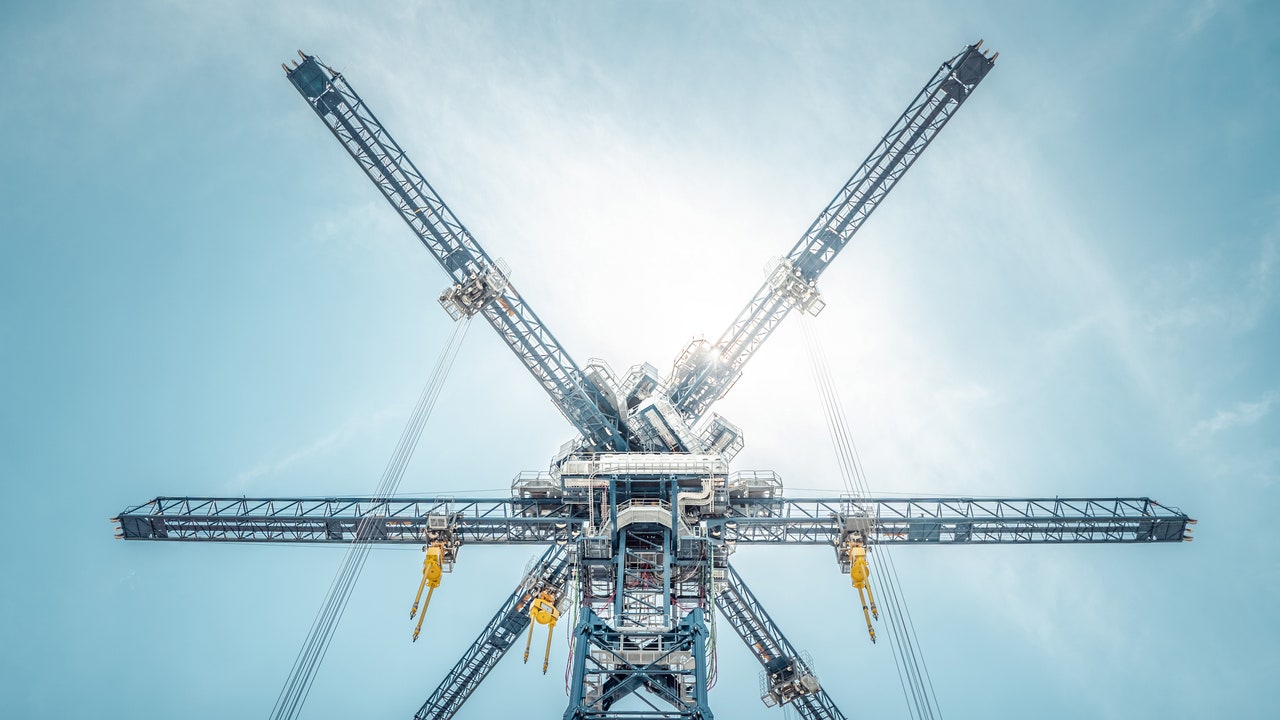The concrete blocks are slowly hoisted upwards by motors powered with electricity from the Swiss power grid. As each block descends, the motors that lift the blocks start spinning in reverse, generating electricity that courses through the thick cables running down the side of the crane and onto the power grid. In the 30 seconds during which the blocks are descending, each one generates about one megawatt of electricity: enough to power roughly 1,000 homes.



Yes, but concrete need less water and in a lot of countries with lack of water it’s too valuable to be used as a simple weight, besides it requires a much larger installation due to the lower specific weight and greater maintenance due to evaporation and eventual losses, which is not necessary in concrete, which can last for centuries with minimal maintenance, in installations that are much more compact. The best way to store energy depends on many factors and can vary greatly, depending on the circumstances of each country. Where there are large slopes and mountainous regions, without water shortage, naturally, water tanks are the obvious solution, while in desert areas it is not, in others it can be a solution in salt mines, as thermal storage, etc.